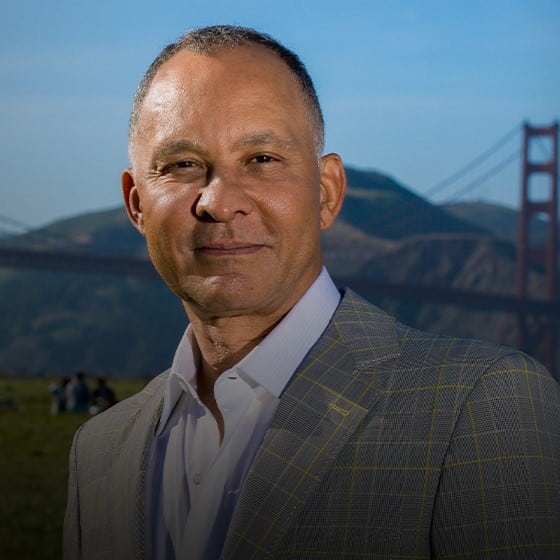History of Gynecomastia

What is the History of Gynecomastia?
Men suffering from moobs, or male breasts have asked “What is the history of gynecomastia?” First introduced in the second century A.D., the term “gynecomastia” means; woman “gyne” and breasts “mastos”.
The first known record of a physician to address the issue of male breasts was Claudius Galenus also known as Galen, a famous physician, and philosopher of that time. Galen was a physician to five Roman emperors. He produced over 500 books on medical science and philosophical subjects. He became a very famous physician and had his own pharmacy stocked with medicines he made from extracts of vegetables and animals.
Galen’s influence remains today; the word “galenic” describes medicines and drugs from animals and vegetable ingredients. While he was the physician to the emperors of Rome, he treated wounded gladiators giving him a wonderful opportunity to study the anatomy of man and perform surgery. It is not recorded that he actually attempted male breast reduction surgery, but he has the earliest record of describing the condition as an abnormal amount of fat in the male breast. History does not report any attempts at surgical correction of gynecomastia until five centuries later.
During the later years of the Roman Empire, it is believed that the seventh-century Byzantine physician Paulus of Aegina (625-690AD) was the first to attempt a surgical treatment of gynecomastia, believing it to be caused by the formation of fat and advocating excision through a single sub mammary lunar incision or in more severe cases through two lunar incisions extending well beyond the areola. This procedure had been used extensively, but the resulting scars were broad and conspicuous causing almost as much embarrassment as the original condition itself. Paulus is best known for writing a collection of books known as “Medical Compendium in Seven Books”, containing the sum of all Western medical knowledge. It was unrivaled in its accuracy and completeness. As a competent and skilled surgeon, the sixth book was devoted mainly to surgery, and he may be known as one of the originators of plastic surgery as we know it today. In the book, he describes the different surgical processes and techniques including his personal experiences and observations. He conveyed plastic surgery experience and knowledge for such procedures as, nasal and jaw fractures, and gynecomastia, etc. that have been passed down through the ages. He was the first to describe physical characteristics that is still significant today such as the prevalence of gynecomastia in the adolescent, and the presence of fat deposits in many but not all patients, and that some patients will need secondary surgery.
Advances in the procedure continued through the eighteenth and nineteenth centuries, but the most notable progress was by Jerome P. Webster, M.D. There was an article published in the Annals of Surgery by Dr. Webster in September 1946 called “Mastectomy for Gynecomastia Through a Semicircular Intra-Areolar Incision” whereby he describes an operation he devised with a semicircular intra-areolar incision and he first performed it in 1934. It was done under general anesthesia by two surgical teams, one on each side, in order to keep the surgical time as short as possible, and then hope the surgeons had a similar technique. Webster’s procedure made the greatest impact on gynecomastia surgical treatment.
With the exceptional advances in surgical technique and anesthesia that we have today, men have more surgical options that include minimally invasive procedures, for outstanding results with little or no visible evidence of surgery performed.
